Deer hunting requires tactics, patience, and understanding of the behavior of deer. Deer move in and out of food plots and bedding areas. But there is a simple-to-use and commonly overlooked tool, the mock scrape. These artificial indicators mimic natural nicks that deer bucks scratch to communicate with one another and area with other deer.
When constructed properly, a mock scrape will attract loads of deer and may include excellent trail camera and bow hunting destinations.
In this guide, we will explain about mock scraping and its effectiveness. Also, guiding you to set up a mock scrape that deer respond to over and over and over again. And hopefully, it will be an adult buck.
If you want to increase your chances during this season, the art of mock scrapes may become a true winning card. Before we dig into the strategy and setup, let’s get the basics right.
What Is a Deer Mock Scrape?
A man-made version of a natural scrape is a deer mock scrape. Which bucks in the wild will create to mark territory and assert dominance, and communicate with other deer, particularly during the rut. During a natural scrape, a buck kicks the ground to show bare soil and will rub or chew on a low-hanging branch (called a licking branch).
It will also squeeze out a scent on his glands on his head and legs. This mixture of scents will communicate to other bucks concerning the identity, status, and breeding readiness.
An artificial scrape (mock scrape) parodies this action to arouse instinctive behaviors of bucks and does in its surroundings. They are used by the hunters to attract the deer, keep an eye on their movement through trail cameras, and even play with their travel patterns.
Combining certain odors and locating scrapes at opportune locations will make deer think of the place like a central station. This helps turn it into an inexpensive and effective scouting and hunting countermeasure.
Do Mock Deer Scrapes Work?
Yes, mock scrapes are a successful and biologically defensible method to attract and mold deer moves. In nature, bucks dig into the earth, leaving naked soil. As they peel the naked earth with scrapes because they emit an aroma from tarsal, interdigital, and preorbital glands.
They rub, or chew a low-licking branch, and deposit forehead smell, and saliva. This combination of odors announces their social status and predispositions to breed.
Mock scrape takes a copy of such signals using deer urine attractants and products based on glands. Bucks would consider them as a territory of an invader or as a potential breeding ground.
They may come back to observe or take them. Does also makes visits to estimate buck numbers or prepare to go into estrus.
Mock scrapes technically are most effective on pre-rut and rut (about October to mid-November) when bucks begin aggressively seeking does, challenging each other.
They are effective where there are heavy traffic areas adjacent to sleeping areas, food supply, or passages. A lot of hunters use them along with trail cameras to monitor activity, size, age, and movement patterns.
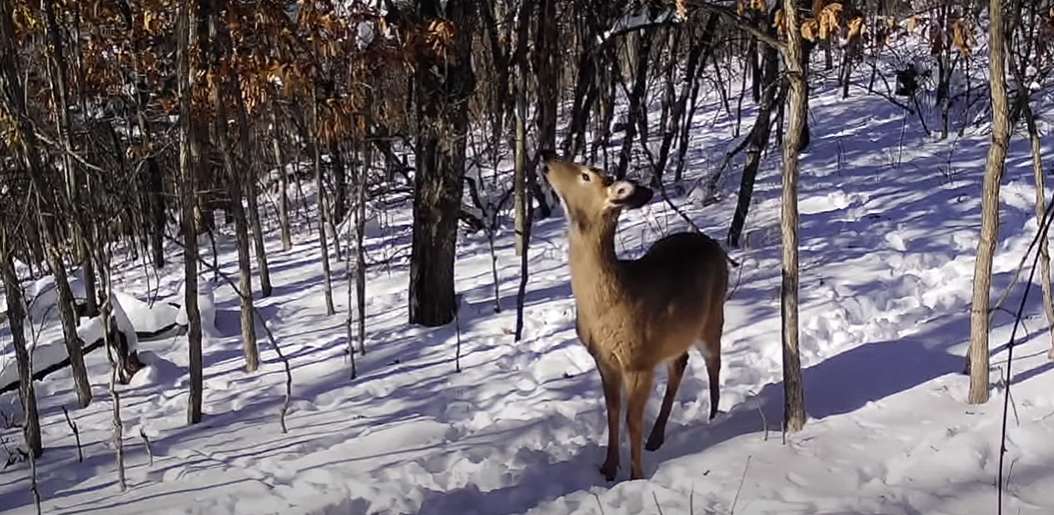
How To Set Up a Mock Deer Scrape?
Mock scrapes are very powerful and are usually underestimated. Simulating their real deer scrapes, they allow hunters to control the movement of whitetails, acquire habits, and even change territory use.
The trick of doing it well is that you learn when to erect, where to put, how to put together, and what fragrances to utilize. Use these steps to create a successful mock scrape to use in trail camera scouting and during active hunting.
Timing: When Should You Make a Mock Scrape for Deer?
Mock scrape is best used when you have time to put it in place so that it can be noticed by the deer. Doe sightings begin around late October, which is the pre-rut in most areas. At that time, bucks become more aggressive and can smell or lick branches to demonstrate to whom this territory belongs.
It is possible to establish a mock scrape in late September so that deer can feel accustomed to it. A lot of hunters enjoy putting them out October 1-20, when they are just about to become locked down totally by bucks.
Bucks use scrapes frequently in the rut, and they can cease to create new ones. It is a good time, however, to renew ancient mock scrapes or transplant them where there will be some action.
Rutting traffic on scrapes goes down when the rut is over, and only lesser bucks might still be checking scrapes in the period after the rut (late November to early December).
Pro Tip: The earlier you set up your mock scrape—before the rut—the more natural and established it seems when bucks become more active.
Location: Where Should You Set Up the Scrape?
Select the location with the frequent activity of deer and a clear view. Keep it somewhere you can reach it without any distraction. Wind is important too, so position the scrape so that the smell blows in the direction of deer movement.
The best locations for mock scrapes include:
- Deer travel corridors: Along known trails between bedding and feeding areas.
- Field or food plot edges: Especially corners or pinch points that funnel movement.
- Near existing natural scrapes or rubs: Reinforce the idea that this is a heavily used area.
- Staging areas: Places where bucks wait before entering open feeding zones at dusk.
- Terrain bottlenecks: Saddles, fence gaps, creek crossings, or logging roads.
Pro Tip: Mock scrapes placed near scrape lines from previous seasons tend to get picked up quicker by local bucks.
Instructions: How to Make a Mock Scrape for Deer?
Tools You’ll Need:
- Scent-free rubber gloves
- Rubber boots
- A stick or scent-free rake
- Scent of choice (see below)
- Licking branch (natural or artificial)
- Trail camera (optional, but highly recommended)
1. Choose a Branch First
Take a branch at least 4 or 5 feet above the ground. It will be the latest branch. Here, the buck rubs its forehead and preorbital glands in order to leave scent.
Where no natural branch is available, fasten on a vine, hemp rope, or artificial branch to some hanging limb. Ensure that it hangs over where you are going to scrape on the ground.
2. Create the Ground Scrape
First, clear a circle around the licking branch with a stick or rake of about 2 to 3 feet in diameter; clear the leaves and the grass; then, clear any debris that is in the area.
Strip everything out in order to view bare earth. This absence causes other deer to know that the area is already occupied by another deer.
3. Apply the Scent
Put on some gloves and spill deer urine or glandular scent on the licking branch, as well as on the ground. Put out a little of it since deer tend to leave a faint aroma trail.
The scent can be dropped or poured onto the soil, or a scent wick can be utilized. Do not spray perfume and leaves and the tree as the outline does not appear natural. Read more: Can deer smell you?
4. Set Up a Trail Camera (Optional but recommended)
Place a trail camera at an angle of 45 degrees facing an oak tree of 5-10 years, with the opportunity to capture deer that visit the licking branch and the ground. This will make you know how many bucks there are and what their routine is.
5. Limit Human Disturbance
After you have a scrape active, inspect it only 5-7 days, and only at midday, when deer are most inactive. Use unscented equipment and only seek to close when the wind is favorable.
Pro Tip: To make your scrape self-sustaining, use a dripper system that slowly releases scent over several days, keeping it “fresh” without frequent visits.
Recommendation: What Deer Scent Should You Use?
It is also important to select the proper scent, just like the time and place of making a scrape. The time of the season requires various scent tactics.
Early Season (Late September to Early October):
- Buck urine or interdigital gland scent to simulate a territorial buck checking in.
- Great for drawing dominant bucks trying to assert their place in the hierarchy.
Pre-Rut and Rut (Mid to Late October):
- Add doe estrus urine or tarsal gland scent to mimic a hot doe.
- Bucks will return frequently to monitor for estrous signals.
All-Season Options:
- Preorbital gland scents: Apply to the licking branch.
- Mock scrape kits: Many companies offer pre-mixed combinations that mimic natural scrape communication.
Top scent brands to choose from:
- Wildlife Research Center (e.g., Golden Estrus, Active-Scrape)
- Code Blue (Buck Tarsal, Doe Estrous)
- Tink’s (Power Scrape, Trophy Buck)
- Buck Fever (Synthetic and real options)
Pro Tip: Synthetic scents are safer for CWD (chronic wasting disease) zones where natural urine is banned.
Mistakes to Avoid and Tips to Follow
Mock scrapes should be quite useful when trying to draw bucks, yet they could backfire. The wrongly made mock scrape can push the deer, alert it about a human, or never attract attention at all. It is equally relevant to learn what not to do as well as how to develop a mock scrape.
Will a Mock Scrape Spook Deer?
Yes, even the worst constructive mock scrape is going to frighten deer, even anxious old bucks.
Deer use scents to communicate. When your mock scrape stinks of detergent, rubber, Gasoline, or human odour, the deer will detect them, or become more active in the night to escape. This destroys the reason behind inviting them in broad daylight when they are allowed to hunt.
How to Avoid Spooking Deer?
To reduce the chance of scaring deer off, follow these proven tips:
- Use scent-free gloves and rubber boots: The hands and shoes hold smells. The use of scent control makes your scrape smell natural.
- Approach strategically: Enter downwind side of your scrape and also avoid going through the bedding/feeding sites.
- Don’t over-visit: Over-visits leave scent and cause changes in deer patterns. Do not check your scrape every day, but no more than 5-7 days, preferably at midday when the deer is less active.
- Use real dirt: Never use any outside materials such as chemically treated mulch or any man-made soils that are inclined to disfigure the area.
Common Mistakes Hunters Make With Mock Scrapes
Here are several mistakes that ruin the effectiveness of a mock scrape:
- Wrong Timing: When scrapes are established late then the deer have already created actual scrapes. Early enough, and it is plowed up or washed away, before the rut.
- Poor Location: Putting scrapes in places distant from deer pathways, bedding regions, or eating sites lowers the likelihood of confrontations. Access and sight of deer movement is important.
- Lack of Licking Branch: Scrape is not complete without a licking branch. The ground scent may be explored by the deer, but the branch is where they converse on a long-term basis.
- Using Too Much Scent: Putting too much scent out there in the form of estrus or buck scent can spook deer as opposed to bringing it in early in the season.
- No Camera or Tracking: In the absence of trail cameras, you will be guessing as to whether deer are paying night visits or simply keep away. This does not allow you to change the strategy.
What If No Deer Visit the Mock Scrape?
No deer? Don’t panic. It is not necessarily a failure, only that something has to be adjusted. These are the things you should check and do:
- Reassess the Location: Make sure it is close to fresh, such as tracks, droppings, or rubs. In case it’s being in a dead zone, then consider moving it.
- Evaluate Scent Usage: Has there been sufficient use of the correct scent of the phase of the rut you are in? One possibility is to change between buck urine and doe estrus, or both, depending upon the time.
- Check Trail Cam Placement: Occasionally, the deer come out at night. An incorrectly positioned or crooked camera can register a miss on activity. Be sure it is over both scraping and licking the branch.
- Refresh the Scrape: Rain or powerful wind can remove scent. To maintain the attractant active, use some fresh amounts of attractant after every 5-7 days.
- Be Patient: During early fall, it can take bucks some time to locate and use a mock scrape. Do not give it up too soon; deer may be sniffing at it at night.
Conclusion
One of the most successful and multifunctional tools in your hunting approach is an adequately placed deer mock scrape. To observe bucks on camera, to draw a shooter into bow range, or to expand your knowledge of local deer movement, mock scrapes can give you results year after year.
Learn the following things, and you will already be many steps ahead of an average hunter.
- What should be put in mock scrapes
- Why should one use them
- where to position them
- How to avoid the most common errors.
They are easy to establish, do not demand much money in investment, and give good returns once they are well implemented.
So, the next time you go scouting your property, a local forest, or a public land area, bring a rake, a branch, and the proper smell. And have your mock scrape be the most popular social spot in the woods.


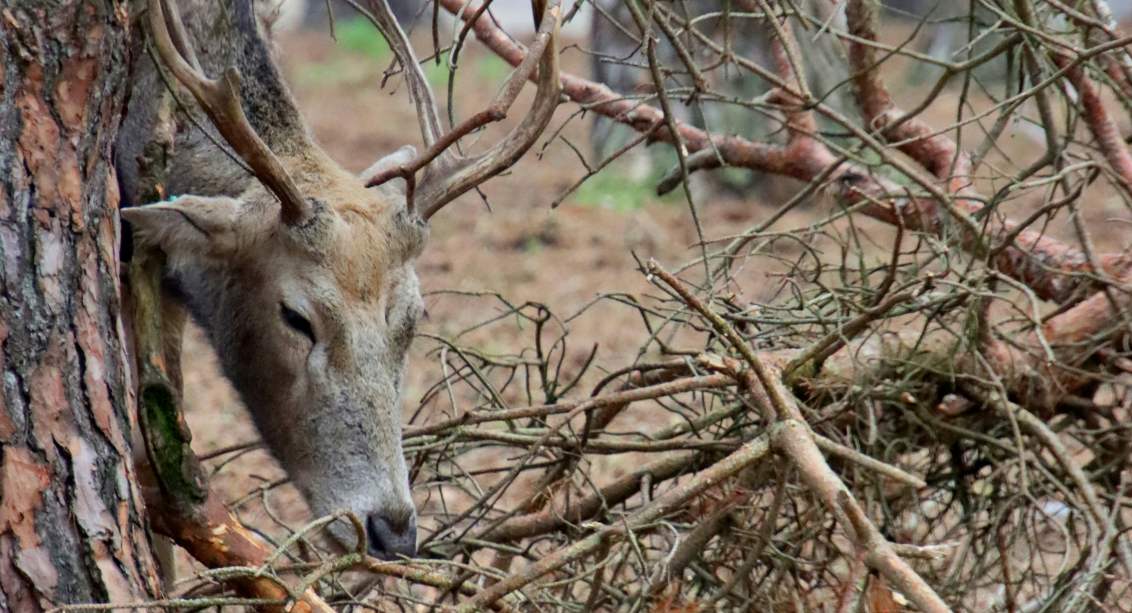
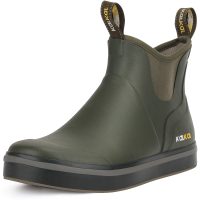


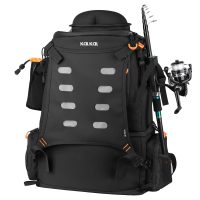
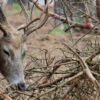
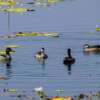
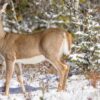

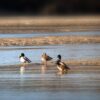
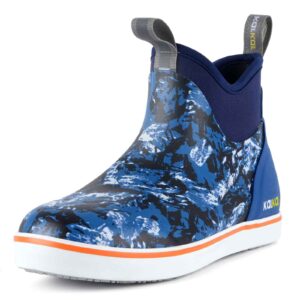
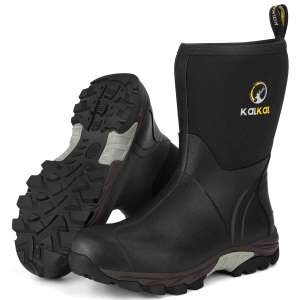
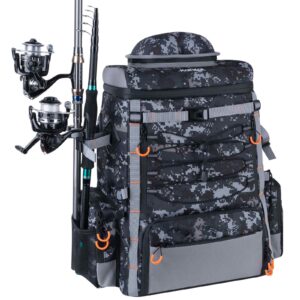
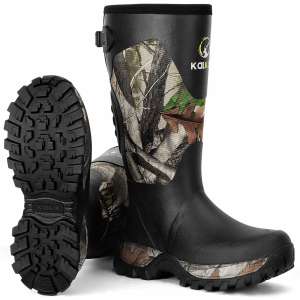



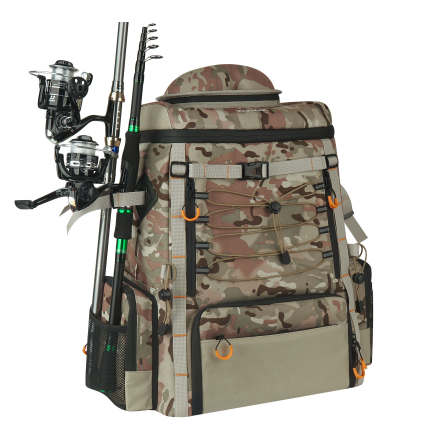
Leave a reply